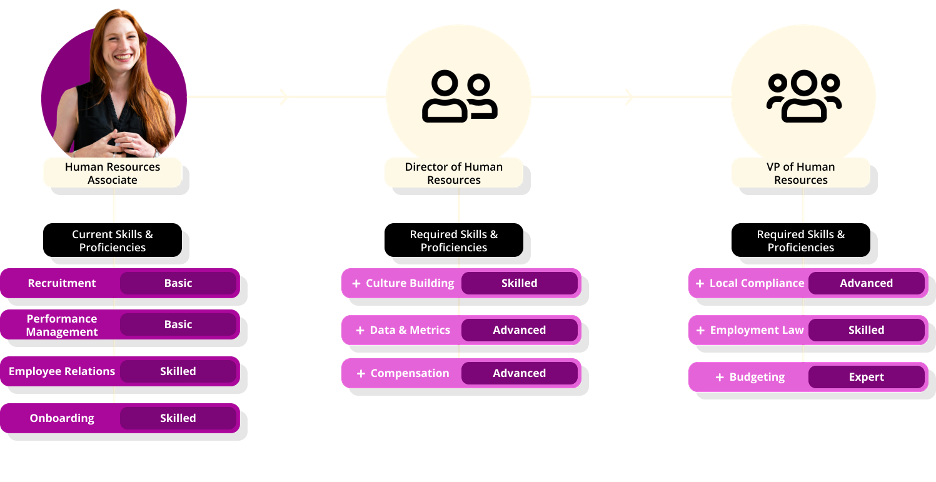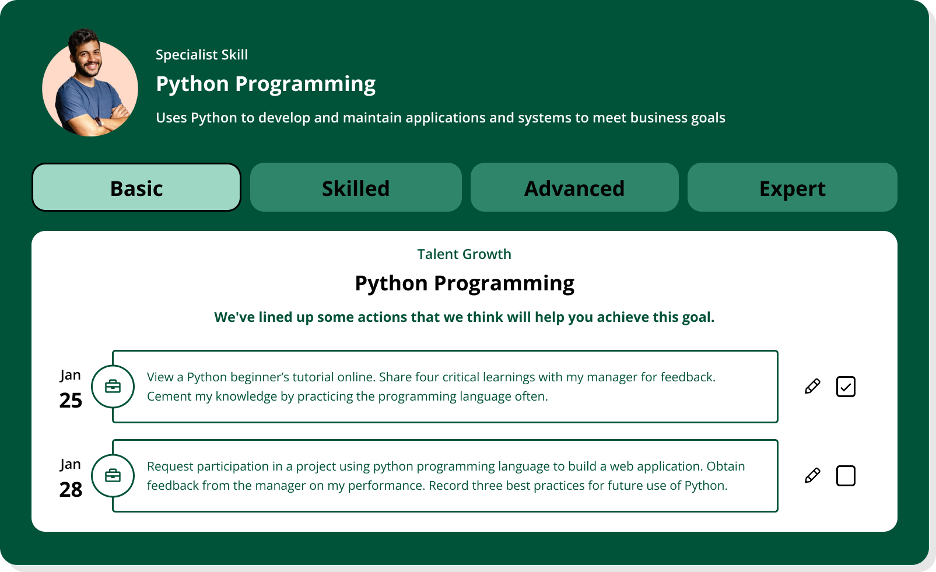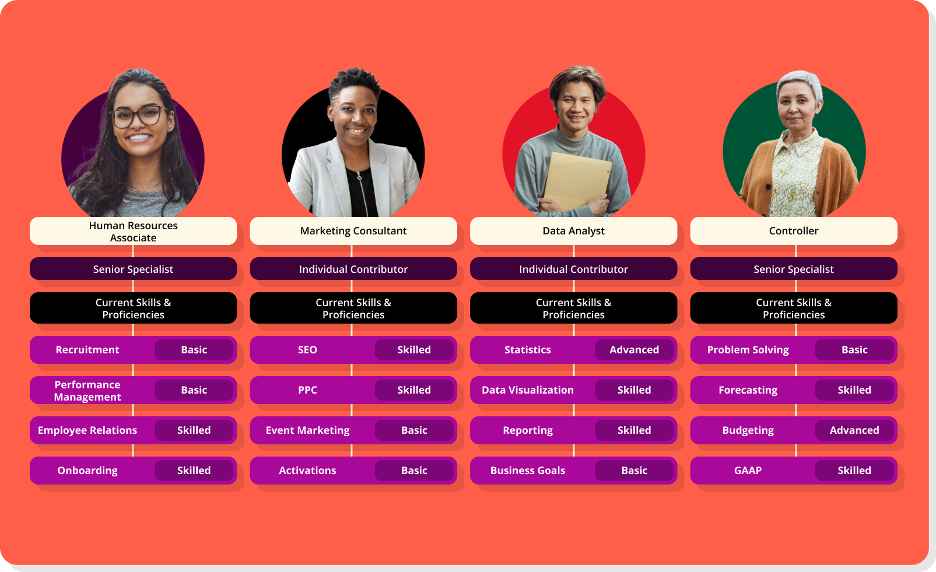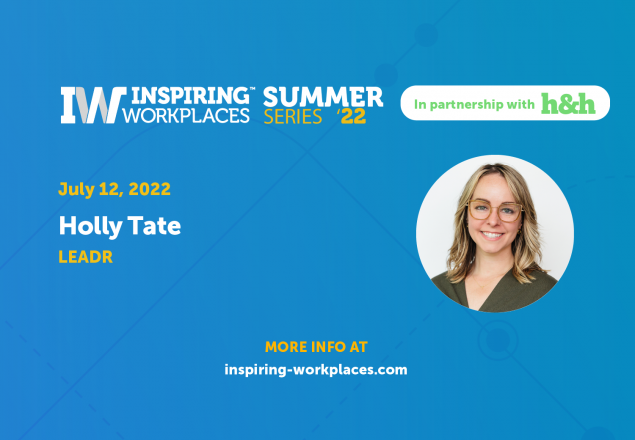
10th February 2025
The Hidden Cost of Skills Gaps: Why 85 Million Jobs Could Be Vacant by 2030

This article was written by Roel Deuss, VP of Solutions at Fuel50.
Skills gaps are nothing new, but their acceleration is unprecedented. In 2010, the narrative centered on digital transformation. In 2020, the World Economic Forum (WEF) warned 85 million jobs would be displaced by 2025. Now, we face a more complex reality: Automation and AI are not only changing jobs, but also, they’re fundamentally altering the skills life cycle.
The data tells a compelling story: Nearly half (42%) of core skills were expected to change by 2022, and skills that were relevant five years ago are almost obsolete today. The half-life of skills has dropped from 10-15 years to less than 5, creating a perpetual game of catch-up between workforce capabilities and market demands.
That isn’t restricted to technology jobs either: The WEF reported that 50% of all employees would need reskilling by 2025—and that’s across industries, from manufacturing to healthcare.
Even traditional roles that seemed immune to disruption are transforming. With 84% of employers rapidly digitalizing work processes and 50% accelerating automation, we’re looking at a workplace revolution.
While previous skills gaps were manageable through traditional education and training, today’s pace of change has outstripped our capacity to adapt through conventional means. The gap between available talent and required skills is widening exponentially.
No longer a future problem, this is a present-day crisis with future implications. And unless we fundamentally rethink our approach to skills development and workforce planning, those 85 million vacant jobs will graduate from a mere prediction to a harsh reality.
Why traditional jobs are disappearing
The erosion of traditional jobs didn’t happen overnight. For decades, HR practices focused on degree-based hiring and standardized career paths. Organizations built rigid job architectures around roles rather than skills, creating inflexible workforce structures that couldn’t adapt to rapid change. This worked in a world where jobs-to-be-done remained relevant for decades, but it fails spectacularly in today’s environment.
According to the WEF, 43% of businesses surveyed intend to reduce their workforce due to technological integrations. This isn’t simply a problem of automation replacing jobs but of the fundamental transformation of work itself.
With 41% of companies planning to expand their use of contractors for specialized work, we’re seeing the death of the traditional “career ladder” hiring model.
Our educational system compounds the problem: Businesses are rapidly digitalizing (84% according to WEF data), but educational institutions still operate on years-long curriculum development cycles. So, by the time students graduate, their skills are already outdated. This is reflected in the 50% of employers who are accelerating automation precisely because they can’t find workers with relevant skills.
The real crisis then emerges at the intersection of these factors.
Employers are adopting a combination of work between humans and AI. The jobs that remain and transcend this crisis will demand entirely new skill combinations; a financial analyst now needs data science skills, while a marketing manager must understand AI.
This transformation is particularly visible in middle-skill jobs, the traditional backbone of employment. These roles are disappearing because they’ve evolved beyond recognition, creating a chasm between available talent and actual needs. It’s projected 97 million new roles will emerge by 2025, but they’re not replacements for old jobs; they’re entirely new categories of work.
The need for change today
While the previous decade’s skills gap was manageable through incremental training, the present incarnation represents a structural break in how value is cultivated in the global economy, and organizations that cling to traditional workforce models quickly fall behind.
Meanwhile, companies in the top quartile of workforce reskilling investment report 16% higher revenue growth compared to their peers. This means when businesses can’t access critical skills, they miss entire market opportunities.
But the solution isn’t as complex as many believe.
Forward-thinking organizations are already shifting from role-based to skills-based workforce planning. Rather than trying to fill predefined positions, they’re building fluid talent pools based on capabilities. They’re creating clear learning pathways that show employees exactly what skills they need to develop for future opportunities.
This is where skills intelligence becomes crucial. By leveraging data analytics to understand, predict, and plan for necessary skills, organizations can move from reactive hiring to proactive talent development. Skills intelligence is not just about identifying gaps— it’s about building bridges to future capabilities.
How skills intelligence can assist with better workforce planning
Korn Ferry Group projects $8.5 trillion in unrealized annual revenue by 2030 due to talent shortages, highlighting a crisis that skills intelligence can directly address.
At its core, skills intelligence is a data-driven framework that answers three fundamental questions: What skills do we have? What skills do we need? Where are the gaps? But more crucially, it provides actionable insights to bridge these gaps systematically.
It is not a talent management system, a learning platform, or an HR database. These are tools that can feed into skills intelligence, but alone, they can’t solve the workforce planning crisis. Robust skills intelligence requires a comprehensive skills ecosystem that combines ontology (your skills dictionary), architecture (how skills connect to work), and inventory (your actual capabilities).

The transformation begins with skills mapping. By creating a unified skills language across the organization, companies can understand their actual capabilities beyond job titles and departments.
This foundation enables strategic workforce planning in three critical ways:
- It reveals hidden talent pools. Organizations can discover 15%–20% of their workforce has valuable adjacent skills that remain untapped. A software developer with data science experience, a marketing manager with change management capabilities—these combinations become visible and actionable.
- It enables predictive workforce planning. Rather than reacting to skill gaps, organizations can model future scenarios. More than half (58%) of employees expect their job requirements to change significantly in the next five years, and skills intelligence helps companies stay ahead of these shifts by identifying emerging skill patterns and potential gaps before they become critical.
- It transforms learning and development from a monetary drain to a strategic function. Instead of generic training programs, organizations can create targeted developmental pathways based on pinpointed skill gaps and future needs.
Organizations that take this skills-based approach see an 80% reduction in time to hire and significantly improved retention rates.
How to implement skills intelligence within your organization
Introduce skills intelligence seamlessly by following a clear progression:
Start with your skills ontology, your organization’s universal skills language. Ontology is more than a list of capabilities; it’s a structure that connects related skills and defines proficiency levels.

When one department calls it “data analysis” and another “statistical analysis,” you miss opportunities for internal mobility. A unified ontology eliminates these silos.
Next, build your talent blueprint. This dynamic framework maps skills to work outcomes, not just job descriptions. It answers critical questions like: What skills drive success in each role? What adjacent skills could create new opportunities? What emerging skills will become crucial? This blueprint becomes your roadmap for workforce evolution.

The intelligence layer then transforms that data into actionable insights. It reveals adjacent skills that current capabilities can evolve into to meet future needs. For instance, a customer service representative with strong analytical skills might be your next data analyst. These insights enable proactive talent development rather than reactive hiring.
Most importantly, skills intelligence enables scenario planning. When market demands shift, you can model different workforce configurations. Need to build an AI team? Skills intelligence shows you who has relevant adjacent skills, who could be upskilled quickly, and where external hiring is truly necessary.
Organizations that implement comprehensive skills intelligence report up to 60% improvement in learning program effectiveness and significantly higher internal mobility rates. The cost savings are substantial as well, not only in reduced hiring costs but also in preserved institutional knowledge and accelerated project delivery.
Where skills intelligence truly shines is its predictive capabilities. Besides revealing today’s gaps, it helps you prepare for tomorrow’s needs. In a world where skills become obsolete faster than ever, that foresight is invaluable.
3 examples of companies that are well equipped to tackle the skills gap
Leading organizations recognize the skills crisis and are systematically addressing it. Their approaches offer guidance on how to transform the skills gap from an existential threat into a competitive advantage.
How AT&T transformed 50% of their workforce through skills intelligence and saved millions in hiring costs
AT&T faced a stark reality: Nearly half of their 250,000-person workforce was working with obsolete technology skills. Instead of mass hiring though (which costs, on average, 21% of an employee’s salary per hire), they decided to refine their workforce.
Their approach centered on skills intelligence, first mapping critical future capabilities, then identifying adjacent skills in their current workforce that could bridge these new requirements. AT&T built a comprehensive skills database that matched employees’ existing capabilities with future roles and thus opened clear developmental pathways.
The results were transformative. With a $1 billion investment in reskilling (far less than the cost of complete replacement), over half of employees completed 2.7 million courses in emerging technical skills, creating a self-sustaining pipeline of future-ready talent. More impressively, they achieved a nearly 50% internal fill rate for positions in 2022 alone.
How KeyBank identified 2,774 upskilling opportunities in only a few months using skills intelligence
KeyBank’s traditional workforce planning couldn’t keep pace with rapidly evolving skill requirements across their 17,000-person organization.
Their solution was to incorporate comprehensive skills intelligence to map current capabilities against future needs. Within a matter of months, they assessed 9,858 skills across their workforce—a feat that would have taken years using traditional methods. This rapid analysis identified 2,774 specific upskilling opportunities.
The speed and precision of that insight proved transformative, producing a 72% user return rate that demonstrates unprecedented employee engagement in development activities. Most importantly, KeyBank now has a data-driven foundation for strategic workforce planning, which enables them to address skill gaps before they become critical.
How Avalere Health employed skills intelligence to cut attrition by 37.5% in a highly competitive market
Avalere Health faced a different challenge: rapid growth in a specialized healthcare market with limited talent. Traditional recruitment couldn’t support their planned 2.5 times expansion without unsustainable costs and risks.
So, they implemented a skills intelligence platform to serve as the centerpiece of their talent strategy, focusing on identifying and developing adjacent skills within their existing workforce. This solution expanded their internal talent pool while opening developmental pathways for employees.
The impact was immediate and measurable: Employee churn dropped from 24% to 15%—a 37.5% reduction that delivered significant cost savings. Additionally, their enhanced ability to develop talent has become a key differentiator in their recruitment, enabling their sustained growth in a competitive market.
How to close your skill gaps
Confidently anchor your talent strategy with Fuel50 – the only expertly crafted, people-first skills solution. Talk to an expert to learn more.





